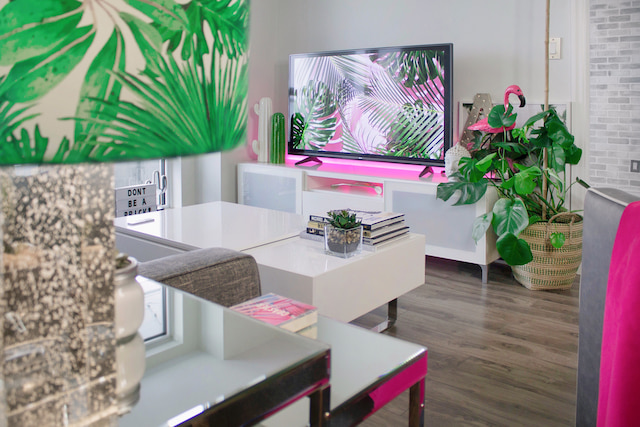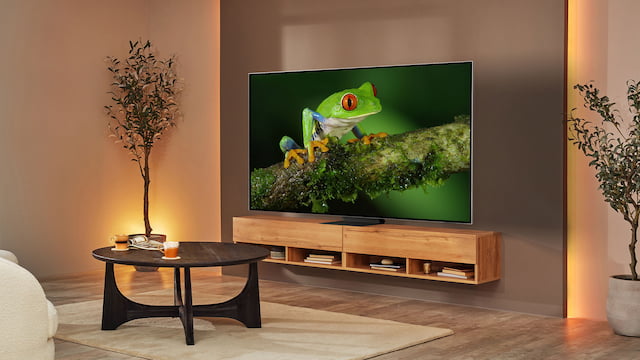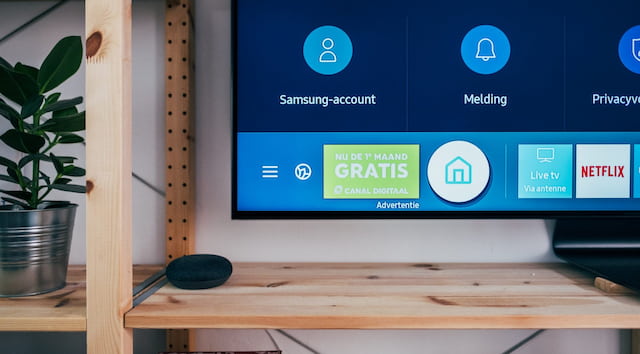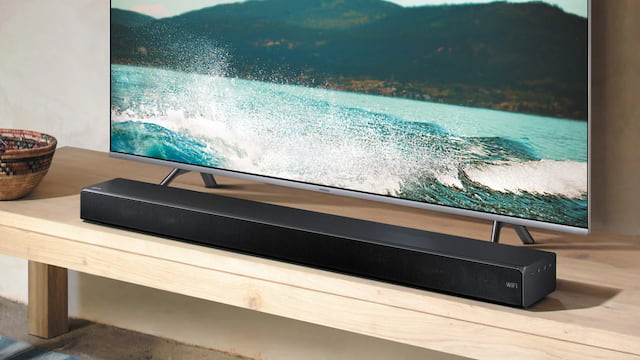If you’re on the hunt for the perfect smart TV size that doesn’t seem overpowering in your living room while providing you with everything you look for in a smart TV then the 65 inches is the latest sweet spot that a majority of tech enthusiasts fall in love with!

What to Look for When on the Hunt for a 65-Inch TV?
Simply put, buy 65 inch tv to deliver an immersive cinematic experience into your living space! However, when shopping you will see that the best 65 inches TVs available now have more confusing features and jargon than ever.
Therefore, in these guidelines, we will try to make some of the technical lingo simpler and focus on all the essential features of a 65-inch screen so that you can get the best option for your money as this screen size gets easily accessible for everyone!
4K or 8K resolution
Generally, a TV’s resolution is the number of pixels that make up the image you’re viewing. The picture quality improves with increasing pixel count, becoming clearer, sharper, and finer. Most TVs on the market today are either HD or 4K (also known as Ultra HD). However, practically every 65-inch TV on the market now is 4K.
Therefore, this is the default resolution we’re considering for this size and what the majority of users will select. Its size is great since it allows for a clear vision of every detail. On the other hand, 65-inch TVs with 8K panels, which have four times as many pixels as 4K, have already entered the market. However, we advise the majority of people to wait to buy 65 inch tv with 8k resolution until there is a greater availability of 8K content.
Although the greatest 8K TVs are excellent sets, they come at a significant price premium, so it doesn’t make sense to spend so much money on a feature that most of us wouldn’t be able to fully enjoy and utilize!

Screen Tech Options
OLED and LCD/LED are the two most prevalent screen technologies now on the market. What distinguishes these choices from one another, then? Because each pixel in an OLED display generates its light and can be individually brightened or dimmed, it can produce the deepest blacks, the best contrast, and perfect image clarity. Their similarity to premium laser projectors in terms of cinematic outcomes explains why the best OLED TVs are so adored by movie buffs.
The bright lights used in LCD/LED panels, on the other hand, are placed behind a grid of pixels and alter the colour of the light as it passes through. When compared to higher-end sets, this can indicate a lack of vibrancy, colour, and contrast in less expensive versions. The fact that LCD/LED panels offer more brightness than OLED displays, however, is a significant advantage.
Nowadays, you can also buy tv 65 inch in size with mini-LED display options. These displays are simply a variation of the present LCD technology, but they use a lot more LEDs that are both considerably smaller and more numerous than those found in a typical LCD panel. In dimly lit environments, small, discrete parts can be darkened independently of the remainder, producing LCD/LED screens with better contrast, highlights, and shadows.
HDR Format
High Dynamic Range, or HDR, is a feature that gives you the ability to see a more realistic appearance by enhancing its brightness, contrast, and colour vibrancy. HDR support is unquestionably necessary for a 65-inch 4K display. If you have an HDR10-capable TV, which virtually every one of them has, you can watch HDR content from streaming services. Most TVs also offer HLG, a variation that is employed in live broadcasts.

However, you can now buy 65 inch smart tv with two other formats available such as Dolby Vision and HDR10+. These two competitors essentially achieve the same thing: they permit movies to alter the HDR balance scene by scene to extract even more contrast from your TV. Dolby Vision, which is supported by Netflix, Apple TV+, and Disney+, currently has the most content available.
Connectivity
In terms of connectivity, many people are unaware of how quickly HDMI ports fill up. When purchasing a 65-inch screen for your home entertainment, keep in mind that you’ll be utilizing it for a variety of purposes. If at all possible, choose a screen with four HDMI ports. Port specification is as crucial as the port count. To support 4K streaming and gaming, make sure they are HDMI 2.0, even if this is currently the industry standard.
But, if you’re into gaming it’d be advisable to look for a screen with at least one HDMI 2.1 port. A game-changer in terms of providing support for Variable Refresh Rate (VRR), HDMI 2.1 is a new HDMI specification. VRR makes gameplay smoother and more fluid by reducing jitter or screen tears. For lag-free gaming, the new port also supports 4K resolution at refresh rates of up to 120Hz.
Audio Features
Although the picture quality of recently released TVs may be improving, the audio is sometimes a weaker point. The simple explanation for this is that most of these screens have panels that are too flat to allow for the incorporation of robust forward-firing speakers by the manufacturer. Instead, they use downward-firing speakers, which result in a bit of muddled and muddy sound.

The rich, crystal-clear, and full sound is unquestionably necessary to complement a 65-inch TV with amazing graphics to give you the whole home theatre experience. A full-fledged surround sound system is an option, but it may be expensive and a bother. Instead, spending money on a soundbar is way more reasonable. Even if you aren’t seeking large home theatre sound right now, you might want to look into Dolby Atmos decoding as a feature that will future proof your smart TV.






















